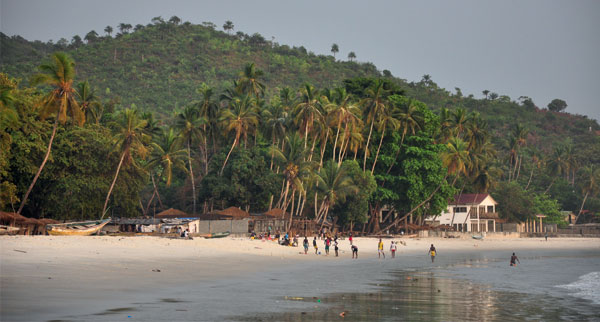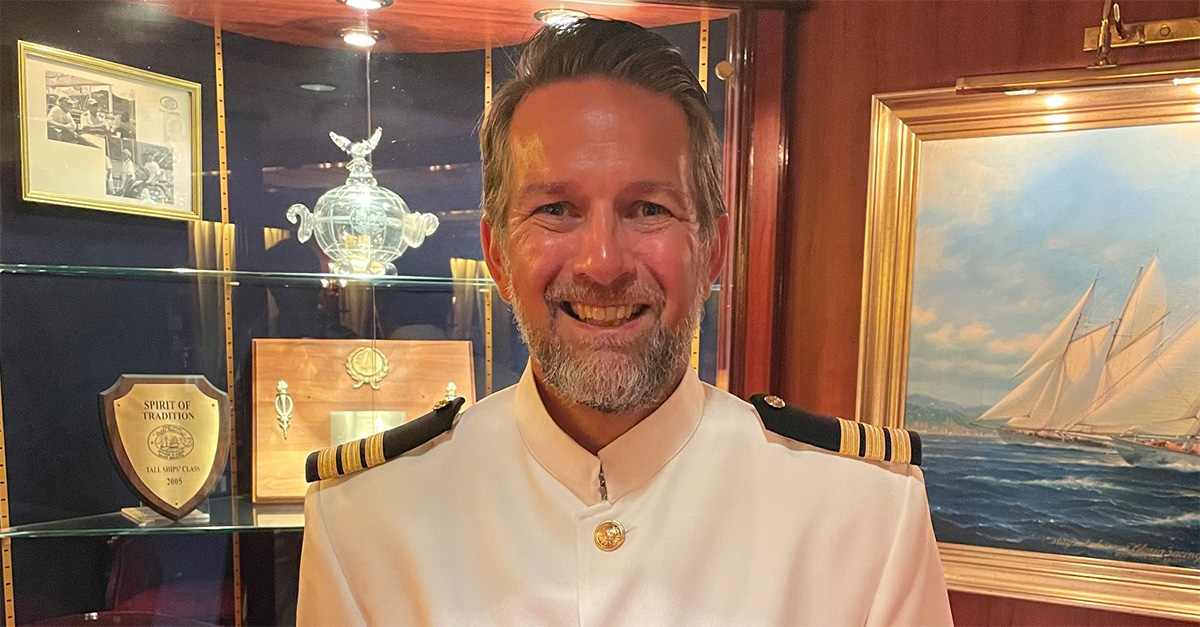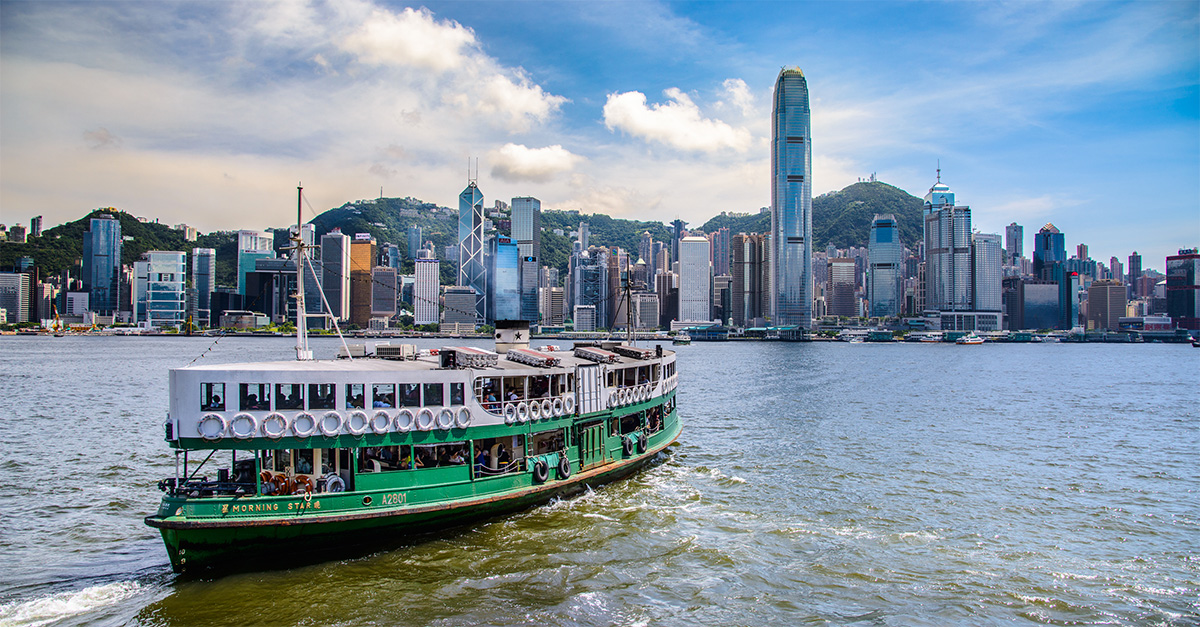It’s not just diamonds making Sierra Leone sparkle, writes Meera Dattani.
Click here to download and save as a PDF.
Sierra Leone? Isn’t there a war?” “What about Ebola?” “Oh, Blood Diamond country!”
As ‘bon voyage’ messages go, they’re different, I’ll give them that. But the war ended 17 years ago, and Sierra Leone was declared free of Ebola in 2016. It’s had a troubled past and remains one of the world’s poorest nations, but a forward-looking approach from a new government, a revitalised tourism ministry and private sector investment are putting this West African destination back on the map. As the new slogan goes, it’s ‘Sierraously surprising’.
Gold Coast
Sipping a cold Star beer on Tokeh beach, it’s easy to think five-star resort tourism is the golden goose — after all, Sierra Leone has long been known for its coastline. Snaking down the west coast from the Freetown peninsula, the swathes of soft sand at Tokeh and River Number Two, crescent bays of Mama Beach and relatively undeveloped island coves such as Banana Island are undoubtedly impressive.
But beaches are just one aspect. “Before I visited, I didn’t know anyone else who’d been,” says Helen Kennedy of Rainbow Tours. “Many places have nice beaches and forests, but Sierra Leone’s history makes it unique. The mix of people and slave trade story means visitors come to research their family tree, especially from Georgia and the Carolinas in the US.”

A British colony from 1808 to 1961, Sierra Leone was a hub of the transatlantic slave trade from the 16th century. Nowhere embodies this better than Bunce Island, built by a British slave-trading company, and a short boat ride from Freetown. A restoration project is under way to preserve the structures that saw some 50,000 slaves depart for the US and the Caribbean. It’s a haunting place, and one that, if carefully developed, could be a world‑class sight.
Freetown itself is a big ball of energy. From beach bars and restaurants serving cassava and jollof rice along Lumley Beach Road to open-air markets, historic churches and Krio architecture built by descendants of freed slaves, it’s an interesting base for a few nights.
The National Museum and the Peace and Cultural Monument, by the Courts of Justice, highlight the nation’s story, from the colonial-era slave trade to the 1999-2002 civil war, funded by those infamous ‘blood diamonds’.
The mining industry remains a major economic driver — the busy diamond-trading towns of Koidu and Kenema in the east bear witness to that — but there’s a new ‘face’ of tourism. During a visit this year by renowned primatologist Jane Goodall to Tacugama Chimpanzee Sanctuary, south of Freetown, the chimp officially replaced the diamond as the national symbol.
“No other nation in the world has the chimp as its figurehead,” says Aram Kazandjian, Tacugama’s dynamic new manager, as we stop to greet two-month-old baby Caesar and Mama P, ‘surrogate mum’ to baby chimps until the age of four. “This creates accountability of protecting chimps, because they’re critically endangered due to deforestation and poaching.” Tacugama is also developing a community-managed ecotourism circuit around Sierra Leone’s natural attractions, with stays at its lodges.
Wild at heart
Sierra Leone wants these ‘green diamonds’, the national parks, to shine. There’s hiking on Wara Wara mountain near the northern town of Kabala, and incredible wildlife – Diana monkeys and picathartes (rockfowl) birds – in Gola Rainforest National Park in the southeast, the country’s first, largest and best‑protected reserve.
“Gola receives fewer than 200 visitors a year,” says research director Benji Barca. “We hope to increase this to 400 or 500. We’ve been identifying mountain-biking trails, pod-to-bar chocolate tourism for shade-grown cocoa that doesn’t reduce forest cover, and coffee tours — a new varietal was just discovered here by Kew Gardens.”
Similarly, Tiwai Island, part of Gola, is finding ways to improve its basic campsite set-up, including community involvement and guide training. This island sanctuary has one of Sierra Leone’s highest densities of primates, more than 150 pygmy hippos and varied birdlife.
“Before the war, many people worked here,” says our guide, Kenewa Korona. “There was a lot of tourism and research. Now, and after Ebola, much less.”
Tiwai Island is one of five places, together with River Number Two beach, Banana Island, Wara Wara mountain and Tacugama, identified for tourism investment, says Bashir Korona from the tourist board – and that could be a game-changer.
Exactly how tourism develops here remains to be seen. It’s an enticing prospect for the curious, eco-minded traveller who’s partial to an under-the-radar destination – especially one with a ‘Sierraously’ exciting future.
Getting there
There are no direct flights from the UK but there are easy one-stop connections with Brussels Airlines via Brussels (from £711 return), Air France via Paris and Royal Air Maroc via Casablanca.
brusselsairlines.com
Book it
Rainbow Tours can tailor‑make a nine-night/10-day tour to Freetown, Bunce Island, Tacugama, Tiwai Island, Banana Island and Tokeh Beach. It starts from £2,795 per person, based on two sharing, including Brussels Airlines flights, transfers, activities, accommodation and most meals.
rainbowtours.co.uk
Read more
Winter sun in The Gambia
The wild side of Uganda
Wildlife and culture in Eswatini




